
As mentioned in last month’s newsletter, wines from Hubert Lamy, Simon Bize, Guiberteau, Brendan Stater-West, and Justin Dutraive are here. Due to the unpredictable delays at the port, Berthaut-Gerbet’s 2018s will unexpectedly arrive in June ahead of many others that were ordered a month earlier! The quality of Amelie Berthaut’s wines continue their ascent, and 2018 will be no exception. As usual, quantities are especially limited on all the wines except the first three Fixin in her range: the Fixin appellation wine, and the two lieux-dits, Les Clos and Les Crais.
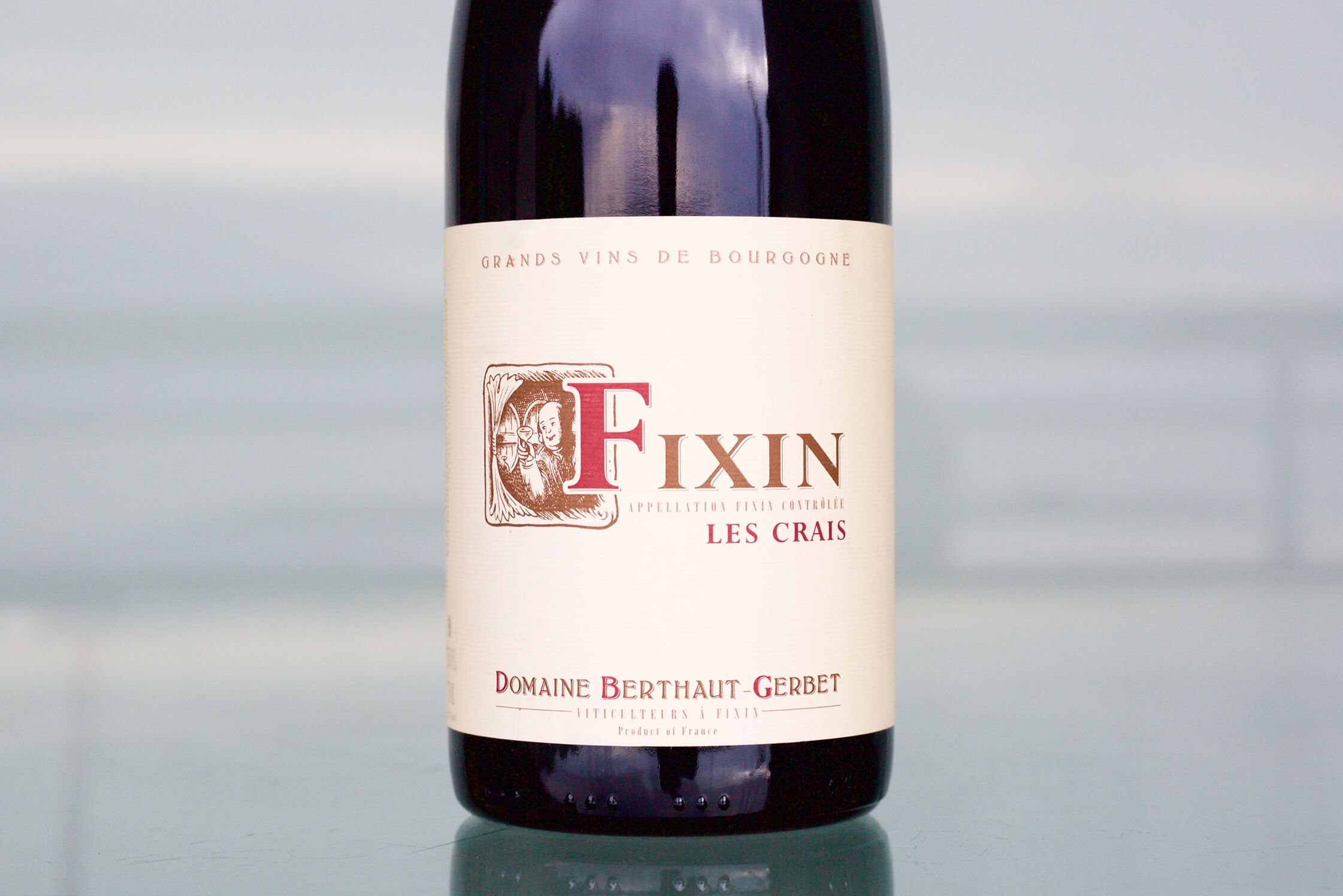
Also on the docket are a few Italian goodies. Poderi Colla’s 2017 Barolo Bussia Dardi le Rose is still the Barolo to beat for classically-styled wines with higher tones and a trim but substantial palate feel and structure. While in very close proximity, there is often some separation between Barolo and Barbaresco in overall style and level of success in each vintage. For any of you who already experienced Colla’s 2017 Barbaresco and its beautiful Nebbiolo perfume and quick-to-evolve tannins that everyone is ready for with this vintage, the 2017 Barolo is right in the same line. It was a warmer year, especially toward the end, which these days just means delicious earlier on with producers like Colla, whose sharp winemaker, Pietro Colla, appropriately adapts the program by working around any specific “recipe winemaking” agendas when the grapes are received. It also helps that his father, Tino, carries the family’s three hundred years of passed-down knowledge about how to manage the vineyards to achieve great results no matter what Mother Nature throws at them. And once again, the critics acknowledged the consistency of the work these days at the cellar and have rewarded them with complimentary reviews that continue to demonstrate Colla’s knack for consistency and reliability.
Riecine’s 2016 single site wines (Riecine di Riecine and La Gioia) are here too. It’s a vintage not to miss from the team at Riecine. Once Alessandro Campatelli was given the reins to do as he felt he needed, starting with the very clever move to bring back Carlo Ferrini, the enologist who put Riecine on the map in the 1970s and 80s. He also completely removed any new wood from the Riecine di Riecine wine and went all-in on concrete eggs for three years of cellar aging to preserve and also showcase all that beautiful fruit supported with nuances of savory characteristics. La Gioia is the bombastic wine in the range with unapologetic big red fruit and a sappy palate. The team has a lot of fun with their work and it shows in the wines.
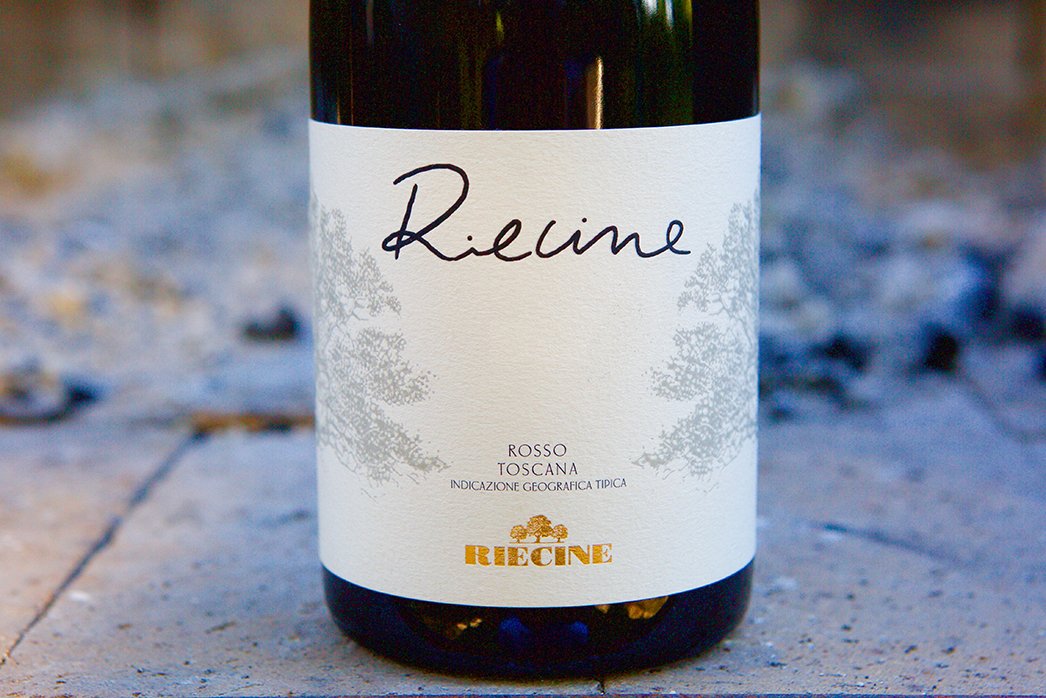
Another real highlight is Chevreux-Bournazel (La Parcelle) is also finally reaching the shores of California. We’ve decided that we will call this Champagne “La Parcelle” because the pronunciation of the last names of Julien and Stéphanie are pretty difficult for most Americans. Rachel Kerswell, our National Sales Manager and New York Lead Salesperson, has the most experience with La Parcelle, outside of the many bottles I’ve been able to drink over the last two years here in Europe. My first taste was while I lived in the Amalfi Coast, in 2019. I asked Stéphanie to send some samples over, and there are few wines in the history of our company that were such obvious no-brainers to add to our list. Rachel has written a teaser on the wines, the allotment of which is extremely limited: 48 to 120 bottles of each of the three wines imported for the US.
by Rachel Kerswell
Among the multitude of producers who have been looking beyond Champagne’s initial grower-producer movement—a movement of growers that began to break free of the big houses and to produce their own wines, typically focused on single plots—are two young and enthusiastic winemakers, Stéphanie Chevreux and Julien Bournazel, of Champagne La Parcelle. Since their debut vintage in 2012, they have been laser-focused on a more homeopathic approach, not only in the vineyards, but in the cellar too.
Upon the acquisition of their first vineyard, a 0.4 ha parcel on the Côteau du Barzy, Stéphanie and Julien immediately began the conversion to biodynamic practices, and to the naked eye it’s evident their land is happy and thriving. The cover crop is verdant with an array of wild thyme, carrots, tomatoes, fruit trees and all things life. The grapes are manually harvested during the cool, early morning hours, when it’s eleven to twelve degrees Celsius, before the short trip to their tiny cellar where they undergo a gentle press, followed by spontaneous fermentation in old tonneaux. Following the lunar calendar, battonage is performed regularly throughout the winter months to give the wines more “gras,” a welcome layer to balance the naturally high acidity. The wines are never racked (outside of the necessary moment just before bottling), filtered or fined, and SO2 levels are kept extraordinarily low (between 12-37 mg/L) and added just before bottling.
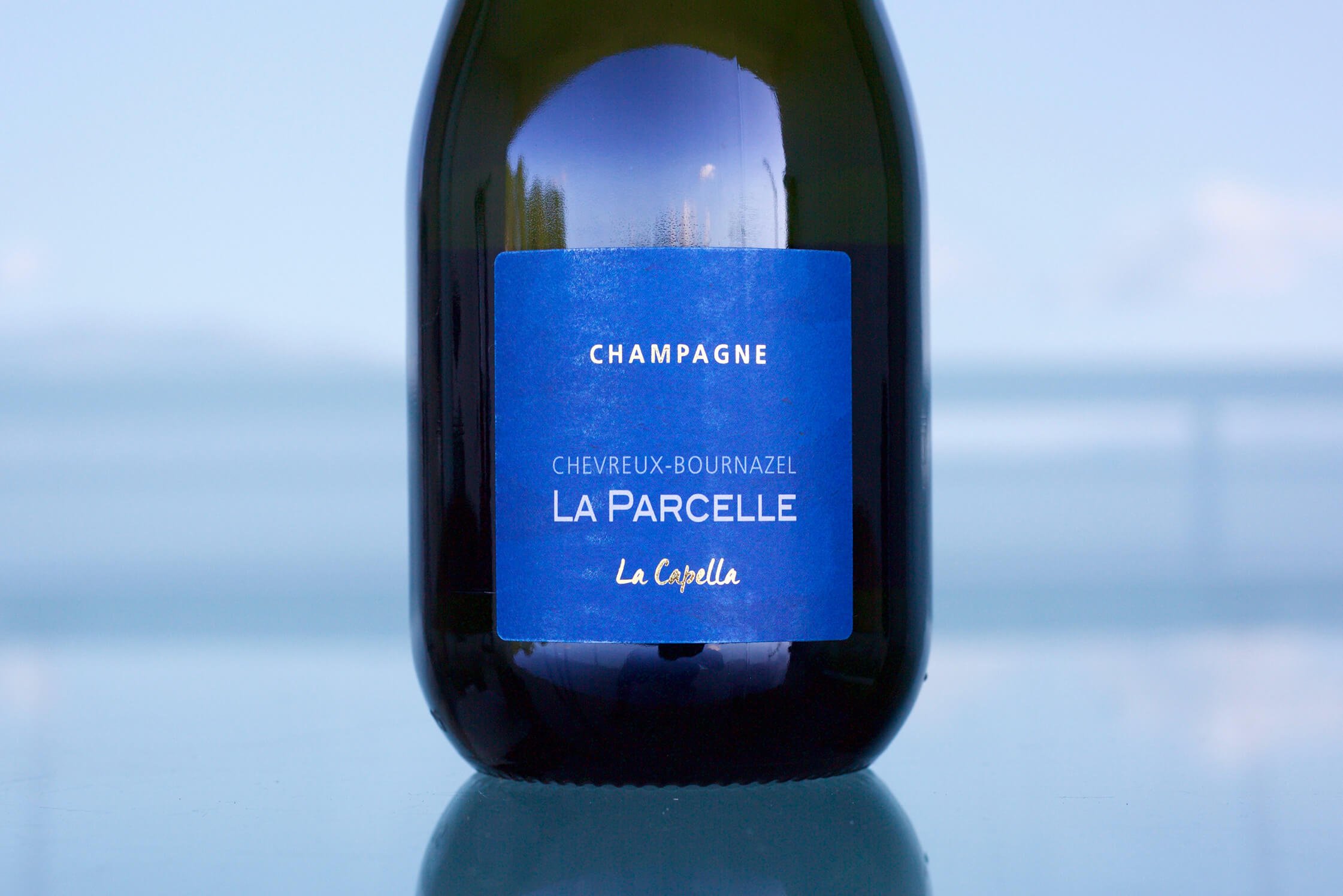
La Capella is a 0.38 hectare parcel on a very steep 45-degree slope planted predominantly to Pinot Meunier (90%). The vines are dense, at 5000-6000 per hectare, with small amounts of Chardonnay and Pinot Gris interplanted throughout. Deep layers of clay cover chalky subsoils at the bottom portion of the slope, while silex (chert), marne and limestone dominate the upper slope, where you can find just 10cm of topsoil in some sections. The vineyard is situated in a small meander that gets some of the most intense and direct winds within the valley, likely contributing to the natural salinity, yellow citrus and wild herbs, supported by a substantially vivacious and linear palate. The dosage is 4g/L.
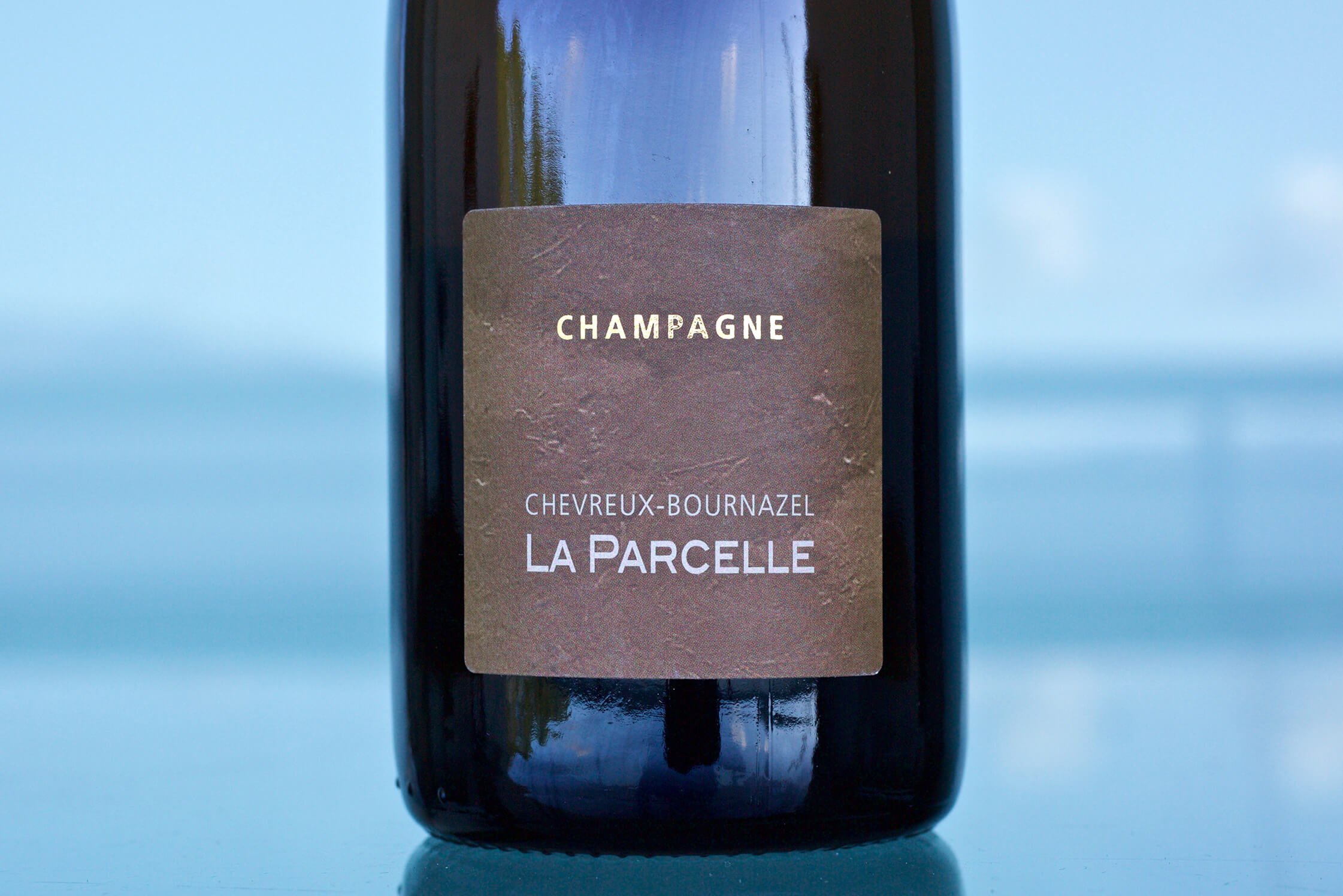
Connigis is Stéphanie and Julien’s second and, so far, latest acquisition. Luckily, it has never been touched by chemical treatments and has been thriving since they bought it in 2016. The subsoil of this southwest facing, 0.28-hectare parcel on a 30-degree slope consists of hard limestone, chalk and marne, and has deeper clay topsoil throughout compared to its counterpart, La Capella. It is protected by natural borders and therefore benefits from more temperate conditions, resulting in a wine that shows more opulence and roundness upfront. After about thirty minutes open, the palate begins to show a fine sea-spray salinity that balances out ripe orchard fruit aromas, keeping this wine straight and delicate. It is composed entirely of Pinot Meunier and finished without any dosage.
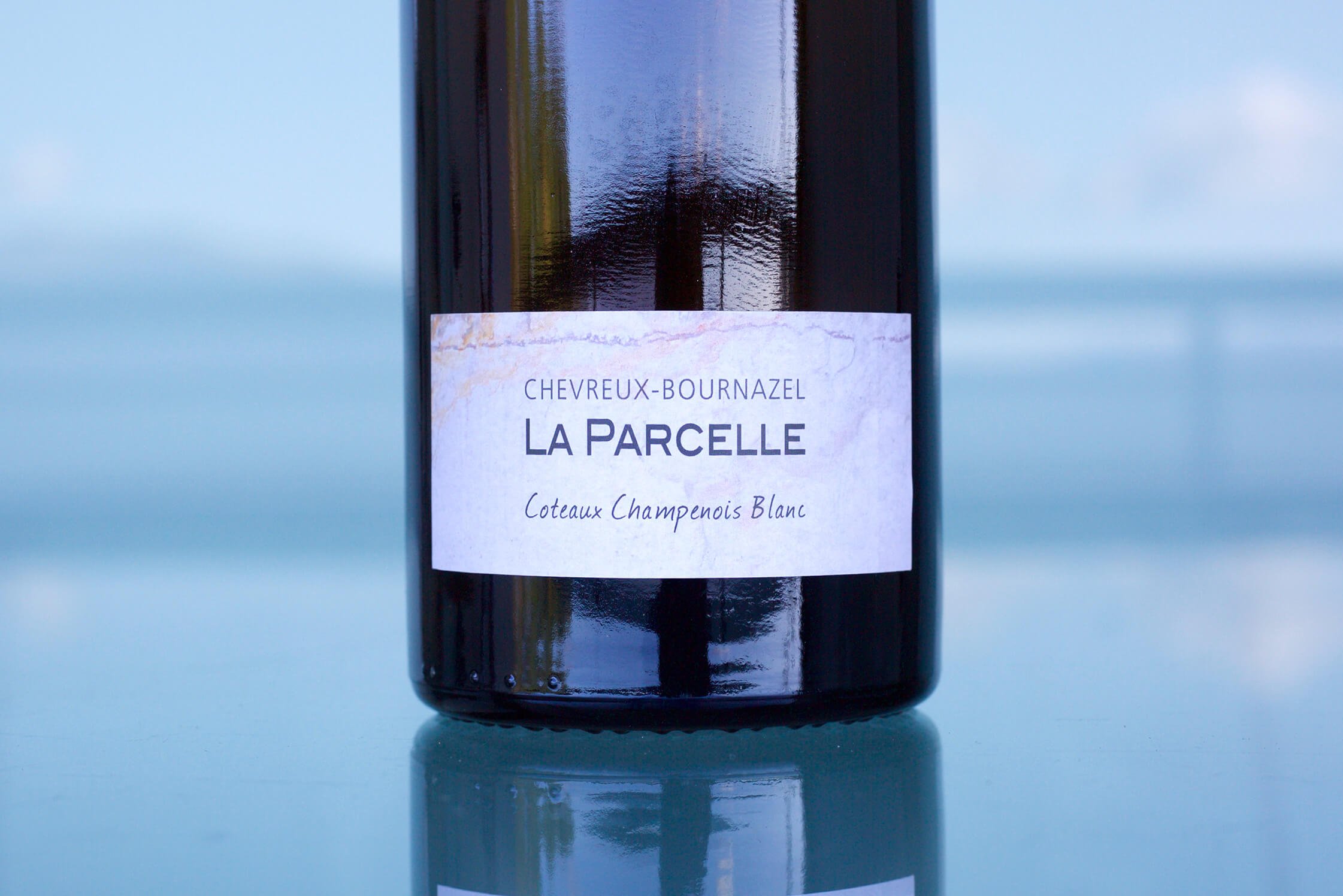
We have anxiously anticipated this wine from Stéphanie & Julien since we began importing their wines two years ago. Their production hasn’t grown since they acquired their second parcel, so it’s been a give-and-take to bring it to life. The give is 850 bottles of 2018 Côteaux Champenois, while the take is from Cuvée Connigis, which will now be even less available than it has been previously. After the must from Cuvée Connigis is racked into bottle for the secondary fermentation, a portion is left in tonneaux for an extra ten months. This extra time in wood brings just enough finesse to balance the natural electrical charge of this purely Pinot Meunier Côteaux Champenois, while maintaining impeccable balance.
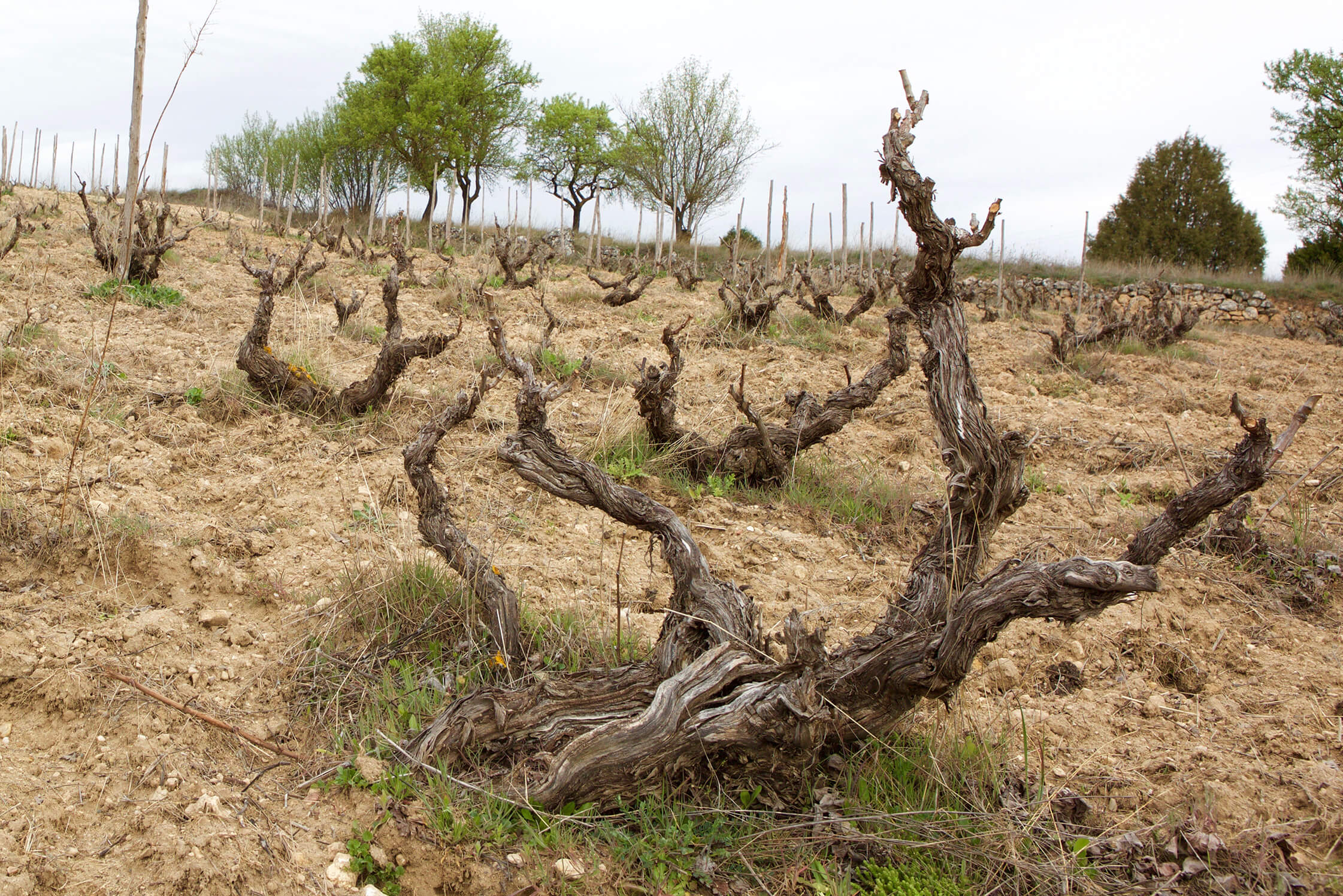
We are expecting a slew of Spanish wines to make their way in. From Galicia’s Ribeira Sacra, Fazenda Prádio should be the first in line in July with a microquantity of his top red wine from 2018 called Pacio. Wines from Adega Saíñas, another Ribeira Sacra producer from one of the colder zones, will follow shortly after Prádio. We’ll have a very small reload on some wines from Manuel Moldes, which evaporated in the first rounds in the bag with our sales team in California and New York. César Fernandez will hit too. César is the guy I’ve talked about in the previous newsletters who spent the last five years working with Comando G, in Gredos. He’s definitely one to watch, but the quantities of his wines from Ribera del Duero are minuscule at twenty cases for the entire country.
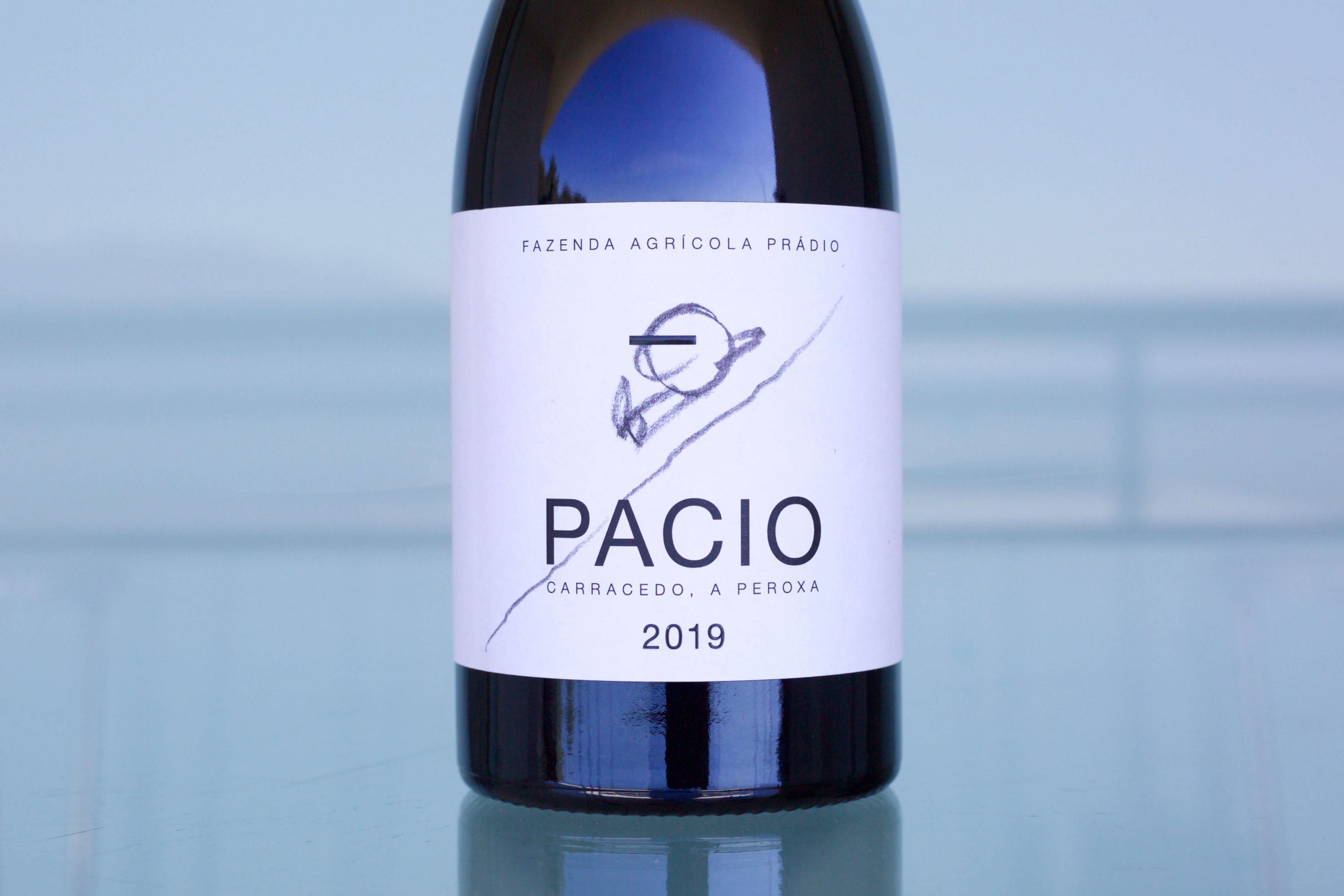

Arnaud Lambert’s wines will be resupplied in July. Arnaud is killing it with his entire range and it’s honestly hard to keep them in good supply. First in will be the new vintages of Saumur wines from Clos de Midi and Clos Mazurique, and the Saumur-Champigny Les Terres Rouges. He continues to set the bar for price/quality/emotion with all three of these, and we have some of the cru wines arriving in the following months. In the past it was an all-we-could-buy supply, but he’s become more famous now (I guess we shouldn’t have done so much promoting!), so while we still get a great allocation because we were the first to bring his Brézé wines into the US, the world has caught on and the demand is very high. Plan for these when they arrive, or you might be waiting another year for the next vintage to hit.
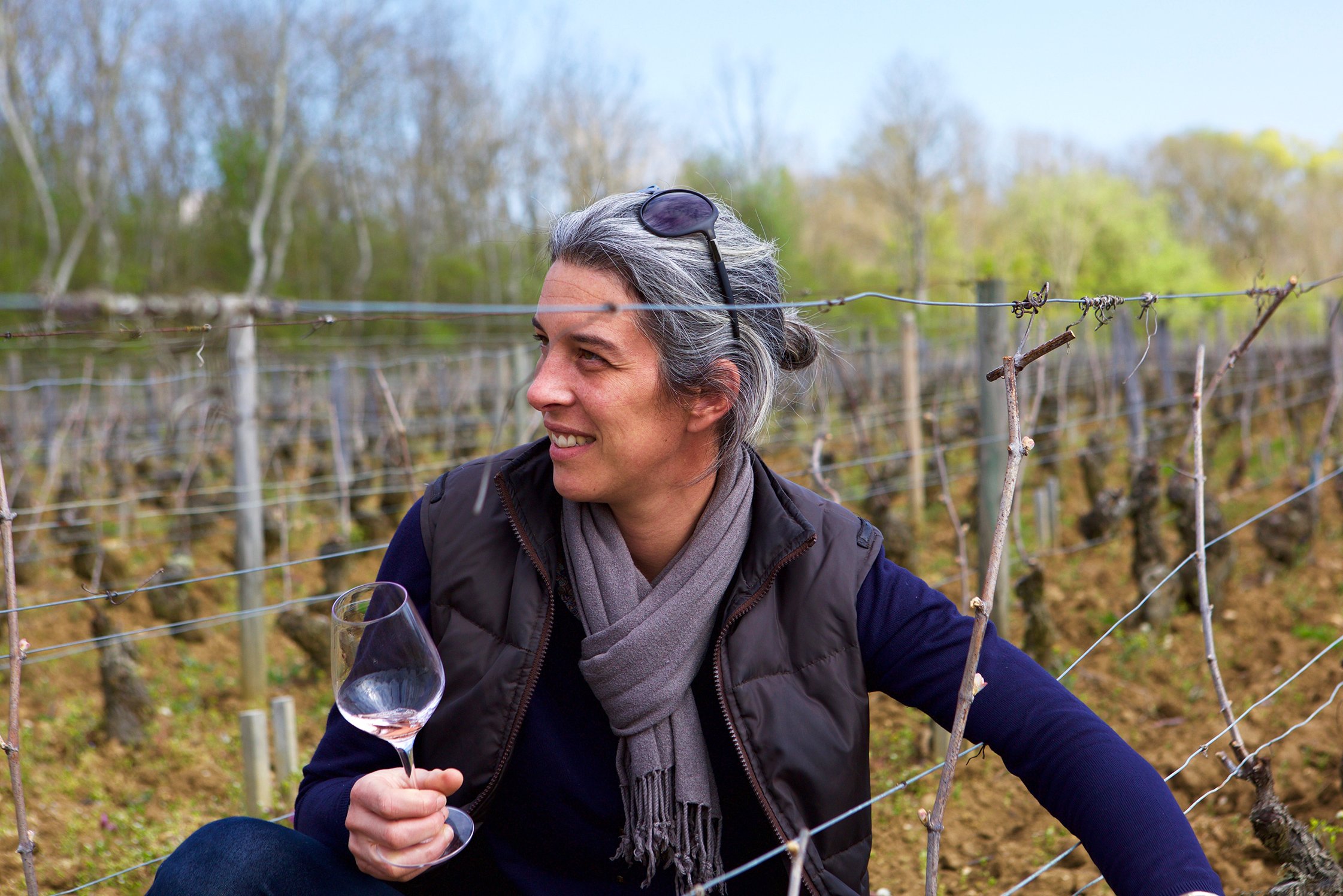
Pierre Morey’s 2018s will also arrive, and the white Burgundies that I’ve had so far from this vintage have been a great surprise. We often think about the relationship between red and white in the same year, but in 2018 the whites fared very well and not too far off the mark from the previous year. I recently spoke with Paul Wasserman about it and he shared that many vignerons have vacillated between different theories about why the wines are so fresh compared to the reds, like the influence of the high dry extract and a year that somehow favored tartaric acid much more than the usual proportion of malic, which made for very little acidity loss during malolactic fermentation. Also, the higher yield slowed ripening enough and may have created a better balance of phenolic maturity with fresher acidity, and, finally, as I’ve been mentioning for a few years now, the vines may be somewhat adapting to climate change.
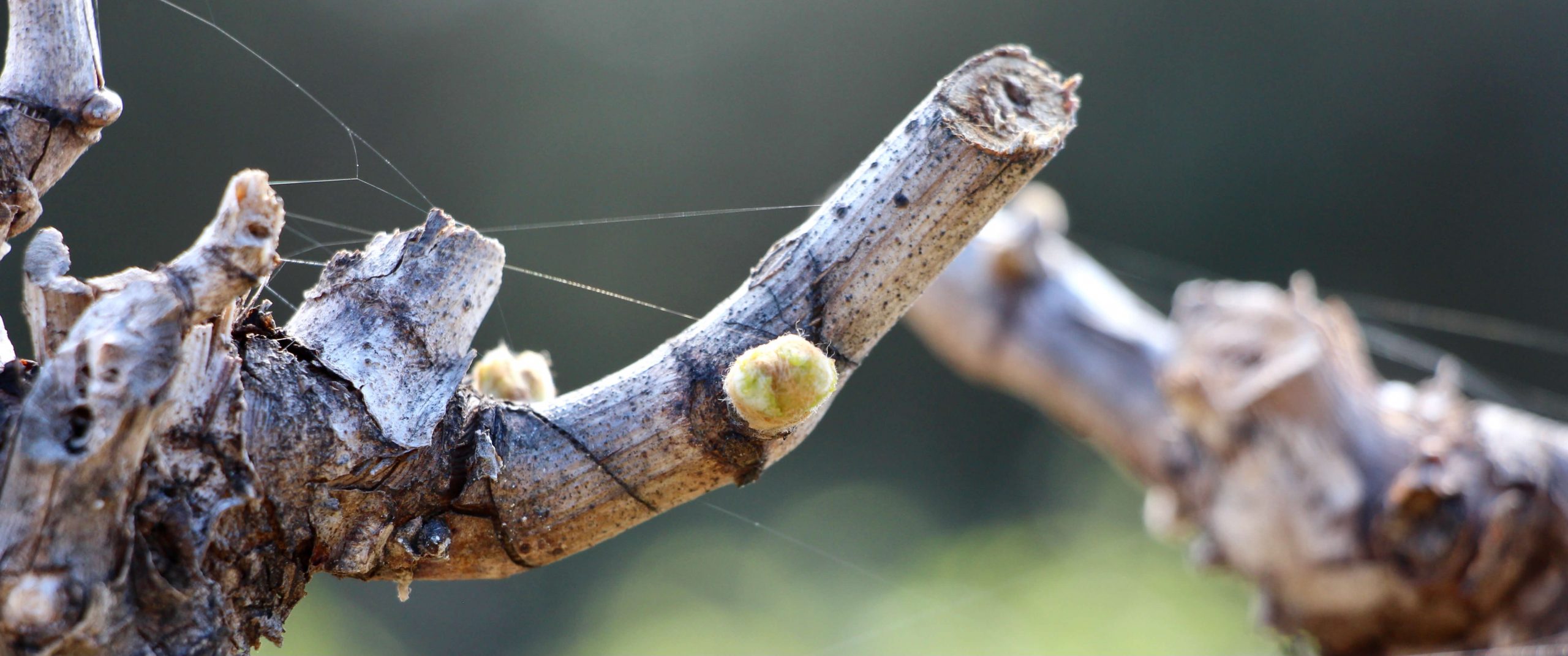
I hit the road again for a long trip through Spain, France, Italy, Austria, and Germany the day after my birthday on May 25th and will return home to Portugal just before the third week of July. I’m going solo since my wife decided she doesn’t like these lengthy marathons anymore, which means lots of windshield time with my own thoughts, on my own timeline, things I’m rarely afforded. I think better when I’m walking or driving and often wish I could be writing at the same time! I’m surprised that I can even put together coherent stories (which is still debatable, anyway) having to sit still for hours at a time. I’ve always needed to keep moving, which made going to school six or seven hours a day and two hours of church every weekend hard for me. Which might be part of why I didn’t do any more of that stuff after I turned eighteen…
As elementary school kids, my two older brothers and my sister, Victoria, the youngest (who’s worked with us at The Source since the beginning), and I would find ourselves in the back of mom’s early 80s maroon Chevy station wagon (a color choice of which I’ll never understand) driving from Troy, Montana, an extremely podunk, thousand-person mining town in the northwest of the state, down through South Dakota and on to Minneapolis where we’d sometimes stop to see our uncle, Tom. Our terminus was in Eagle Grove, Iowa, for weeks with our other, much older half-brothers, and the rest of mom’s side of the family. It was on one of these trips when we stopped once for the view at Mount Rushmore and the Badlands National Park that I discovered my interest in rocks.
I always saved my money, which I mostly earned by sweeping the floor of my dad’s carpenter shop, for $0.10 an hour; I was clearly cheap labor, and seemingly not the sharpest knife in the drawer. I spent every dime on little boxes with rocks glued to pieces of thick white paper, their names written below them, and every one of these were precious to me. They were my own personal little treasures that no one else seemed to care about. I especially loved fool’s gold, known in the science world as pyrite. It’s a beautiful mineral, worth nearly nothing, and more attractive to me than gold because I liked its angles and shine. Maybe I was a fool. Or maybe I just saw the value in things that others didn’t.
We passed through the Dakotas and what at the time seemed to be a strange desert landscape to kids who grew up in thickly forested, mountainous Montana countryside with wildlife literally at the front door, and then on into the endless cornfields of Iowa and what the folk musician Greg Brown referred to as “butterfly hills” in his live version of Canned Goods, where the car would go weightless for a second like a boat hitting a big wave while we all screamed and laughed and sometimes got nauseous. They seemed to go on forever and we eventually calmed down as they lost their appeal. I once played that Greg Brown song for my mom and by the end of it she had tears streaming down her face; his stories about Iowa in the days after the last Great War really hit her hard. These eidetic on-the-road memories are also fleshed out by a playlist that included Neil Diamond, Pavarotti, Hooked on Classics Part 1 (and 2 and 3 and…), Julio Iglesias, and Willie Nelson, especially Willie’s song, On The Road Again. Also, too many Hall and Oates songs to recount amid a blur of DTV—Disney’s 80s cartoon version of MTV for kids.
My mom was a true romantic, and I’ve come to understand that more as I’ve gotten older. The music on those trips is a unique mix for me, and when I spend time with my wife’s mother, Nancy, down in Santiago Chile, we sometimes get a little sauced together late at night and drift back with Spotify to those deeply nostalgic musical moments. Sometimes I have to fight hard to keep the alcohol-induced tears from welling up, and I think she does too. They were such innocent times when we were kids, when our parents were the age I am now, and I’m sure they’re part of the reason why I’m always ready for the next trip. I like to relive those moments in the back of that ugly station wagon with the backseat always down so we could fall asleep whenever we got tired. We had to play games all day to keep busy so mom could stay focused on these long drives of death. At nighttime on the road, out in the pitch-black countryside with only the car’s headlights and the stars above to light the sky, we would rub our heads against pillows to create static electricity to watch the sparks fly in the dark. My brothers are pretty far along in balding, and I’m not terribly far behind them. Maybe we unknowingly created electrolysis with those pillows…
I don’t know how mom did it, but she’d sometimes drive 1,400 miles during endless summer days with these four unruly kids in the back, only stopping so we could go to the bathroom; other than Rushmore, there was hardly a stop along the route. Sometimes mom wouldn’t even make pit stops, she’d just pass back a cup for us to go in… Hungry? Drink a glass of water… She was pretty hardcore on trips, and some who’ve travelled with me on the wine route have accused me of being somewhere close to that—except that I have a lot more fun along the way and don’t hand over cups instead of a proper bathroom break.
Sometime before mom passed away in 2017, while Andrea and I were on our honeymoon in Spain (there’s no good time for your mother to die), she made her final, long journey from California to Iowa in the middle of a winter storm, at age 78, alone. Afterward, she casually told us how she had been blown off the highway by a semi and into a ditch during a blizzard. It was freezing and a complete whiteout. She couldn’t see anything. Thankfully she was close to Iowa, so my oldest brother, Steve, went to get her out. Mom always excelled against unfavorable odds; I suppose having six kids in the world can be useful sometimes. Victoria was furious with her and made her promise not to do any more long trips alone. I don’t think she agreed to it, but it very soon lost its relevance, anyway.
About the time this newsletter is published I will have just arrived in Barbaresco to stay at Dave Fletcher’s rail station turned winery. I will have already passed from Portugal across Spain’s Ribera del Duero and Rioja, up into western France’s Madiran for a visit with a very interesting producer (more on that later if everything works out!), across to the Langedoc to visit Julien and Delphine from Domaine du Pas de l’Escalette (always a mouthful to say that name), and a long overdue visit to my friends, Pierre and Sonya, and their massive Provençal country home outside of Avignon, known to the locals as Mas la Fabrique. Surely, I will have eaten loads of white asparagus during my two-day respite there before heading north to say hello to the Roussets, in Crozes-Hermitage.
After La Fabrique and Rousset, I’ll have cut across the Alps, through the Mont Blanc tunnel, popping out into Italy’s Valle d’Aosta and over to Northern Piedmont to visit with our group of four producers there: Monti Perini, Zambolin, Ioppa, and the new one, Davide Carlone. My old friends Daryl and John, Willie, Luciano, and Greg will surely have made many appearances through my Spotify feed before reaching Alba. (I usually save Julio and Neil for those nights with Andrea and my mother-in-law.) You’ll get the rest of the trip’s scoop over the next two months when it starts to get even more interesting as I make my way through Lombardian foothills, Alto Adige, Austria, Germany and back through Champagne, Chablis, Cote d’Or, and finally Beaujolais to conclude my French leg. In the meantime, I’ll post a few things on our Source Instagram @thesourceimports, as well as my own, @mindfullofwine, about things I’m learning along my trip. Until then, drink well! You never know what your last glass will be until after you’ve had it. Better make them all good ones.■

